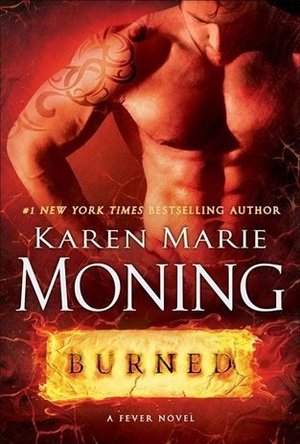Beth Orton recommended Solid Air by John Martyn in Music (curated)
Heather Cranmer (2721 KP) created a post
Oct 4, 2020
Leanne Crabtree (480 KP) rated Burned (Fever, #7) in Books
Sep 7, 2019
Back to Dani and Mac, Dani overreacts a little and jumps through several portals to escape Mac and then we get Mac's POV of what's just happened. She's trying to come to terms with what Dani did all those months ago and trying to figure out how to get Dani to talk to her.
We switch between POV's fairly regularly and get a few new characters to the series. Jada is a sidhe-seer hiding a secret and an Unseelie Princess makes an appearance.
We also get Christian's POV, too. As he's currently being held by the Crimson Hag, it's generally memories of his time growing up in Scotland and trying not to fully fall into the Unseelie Prince side of himself while he waits to be rescued.
That is also one of the main plotlines in this, getting Christian back from the Crimson Hag and they manage it but it takes a lot to get there.
And then we end on a cliff-hanger that has me wanting to go buy the next book right away.

Westobou Gold
Book
The Indian Queen would risk torture and worse to keep her secrets from these barbarians in suits of...
Mystery Historical Historical Fiction Thriller Mystery Thriller Fiction
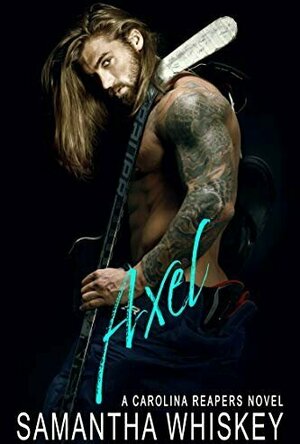
Axel (Carolina Reapers #1)
Book
The NHL’s been at my door since I was 18. But I’d never leave the Swedish Hockey League. Now...
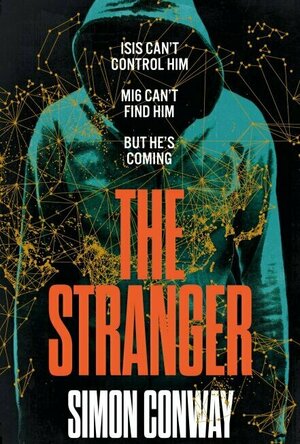
The Stranger (Jude Lyon)
Book
ISIS can’t control him. MI6 can’t find him. But he’s coming… Things change quickly...
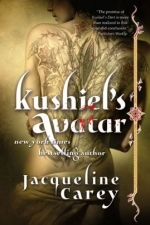
Kushiel's Avatar
Book
Overview Kushiel's Avatar by Jacqueline Carey A decade of peace has passed in Terre D'Ange, the...
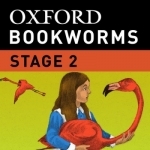
Alice's Adventures in Wonderland: Oxford Bookworms Stage 2 Reader (for iPad)
Education and Book
App
This is the iPad version. Enjoy this famous story, adapted for learners of English, and improve your...

A Night Inn Hell
Book
Set in the past, written in the present, changing the future. Author John R K Powell has gone...
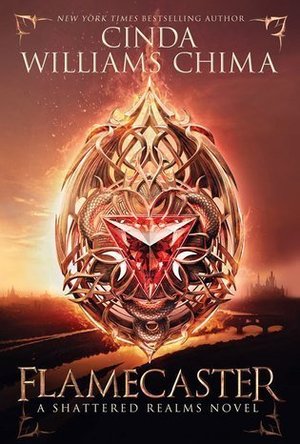
Flamecaster (Shattered Realms, #1)
Book
A burning vengeance. Adrian sul’Han, known as Ash, is a trained healer with a powerful gift of...

